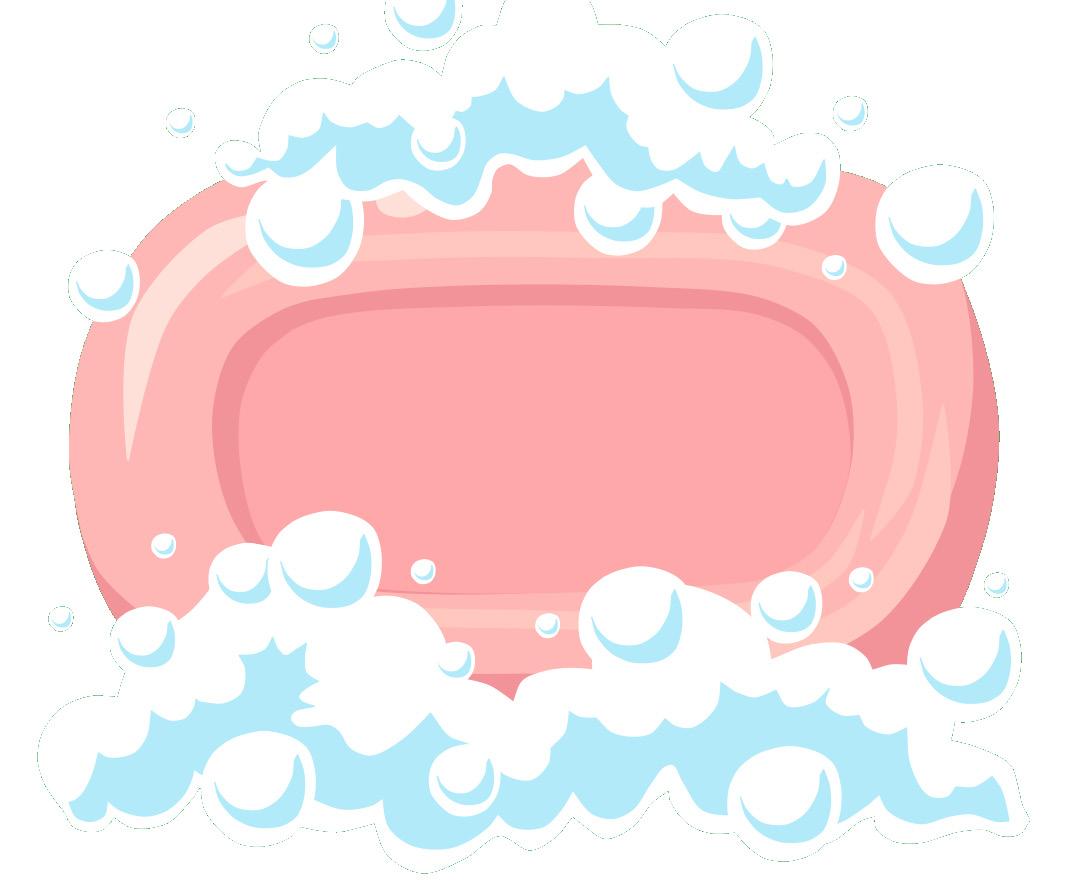
4 minute read
Four Ingredients to Help Students Recover Following a Pandemic
By Dr. Tim Elmore, Founder, Growing Leaders
Perhaps Christa Campbell summarized a teen’s predicament best. When the “shelter in place” order was given in March of 2020, she thought, “Cool. This will be a great break from normal classes.” By the end of March, she felt stuck. No spring break. No prom. No signed yearbooks. No in person graduations. She and millions of other teens felt “postponed.”
The teens in this group believe part of the typical American experience was lost to a pandemic. By September, the CDC revealed that one in four American young adults contemplated suicide in the last month. They feel grief. Loss. Isolated. Angst. These kids were caught in limbo and deserve special leadership from us.
My question is: what did past generations of adults do for kids in troubled times?
A Walk Down Memory Lane
What can we learn from history? How have past tragedies, crises or pandemics affected us?
“Researchers are revising the traditional view of psychological trauma, which emerged after World War I when soldiers were diagnosed with “shell shock.” It was ultimately known by the broader term, post-traumatic stress disorder (PTSD). Some bad events, unlike good ones, can affect people for decades or permanently reduce a person’s level of happiness,” writes John Tierney in The Power of Bad.
But stress doesn’t have to cause a disorder. It can actually be leveraged for good.
Tierney reminds us that beginning in the 1990s, psychologists also noticed something else. A majority of those who endured a traumatic event showed no signs or symptoms of pasttraumatic stress. Four out of five trauma victims did not suffer from PTSD afterward. In fact, typically they emerged even stronger. Instead of being permanently scarred by the tragedy, they experienced post traumatic growth or PTG. This term was introduced by psychologists Richard Tedeschi and Lawrence Calhoun. Studies reveal that more than 60 percent, and even as high as 90 percent, of trauma victims enjoy post-traumatic growth. Psychologists now use a chart to track PTG. These people experience:
Increased appreciation of life.
Deeper relationships with others.
New perspectives and priorities.
Greater personal strength.
So, how do we ensure that good comes from bad?
How Our Narratives Work
The growth doesn’t come from the trauma, but from the way the person responds to it. These people suppress their negativity bias with an array of defenses that are available to anyone. They choose to become kinder, stronger and more mindful of the joys in life.
— John Tierney, The Power of Bad
I just completed a book called, The Pandemic Population, outlining the research behind how we can lead these students to recover from this COVID-19 season with a positive narrative. Let me whet your appetite at right with a summary of a just four steps we can take to ensure this happens.

Four Ingredients to Helping a Student Recover and Build a Positive Narrative
1. Make a pro and con list of what’s happened in the pandemic. Begin by acknowledging and empathizing with their unique hardship. Making a pro and con list reminds them you do, indeed, see the negative impact of this year, but also that some good has come from it too. Help them see the silver lining in the dark cloud.
2. Tell stories of past generations of kids who rose above hardship. I interviewed Great Depression kids (now in their 90s) who came out of an economic hardship with grit and resolve. Afterward, I told their stories to Gen Z teens and saw it inspire students with the perspective that kids can make it through tough times and thrive afterward.
3. Express high expectations and high belief. Robert Rosenthal and Lenore Jacobson’s study showed that student performance reflects the expectations of their adult leaders. When we display both high expectations and high belief we can positively influence students’ response to the pandemic. Speak to their head and heart.
4. Provide them with a metaphor to frame their narrative. Finally, most students need a metaphor to frame their identity and memory. We think in pictures so why not choose an image to frame how they’ll recall this year. For example, I love “candles and brushfires.” When winds blow, we can either be a candle that’s extinguished or a brushfire that’s extended. One goes out, one gets bigger and stronger.
Students will emerge from 2020 with a story they tell themselves about who they are: loser, penalized, victim…or a person who can take a disadvantage and transform it into an advantage. We must enable them to find the “silver lining” in the dark clouds and tell a story of grit.
This is an excerpt from Dr. Tim Elmore’s new book, The Pandemic Population: Eight Strategies to Help Generation Z Rediscover Hope After Coronavirus. It’s perfect for staff or faculty to discuss. Click here https://growingleaders.com/store/the-pandemic-population/ for information.










